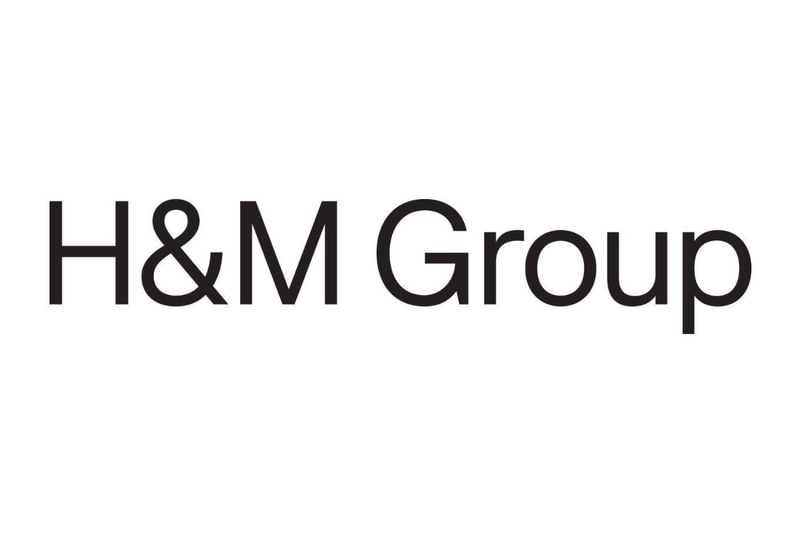
What is good net-zero – and how is the SBTi helping to define it?
Jul 28th 2021
By Alberto Carrillo Pineda, Managing Director, Science Based Targets initiative
What does good net-zero look like – and what do companies need to do to reach it?
These questions are being increasingly asked in boardrooms and across society, and are the heart of SBTi’s process to develop a new Net-Zero Standard for companies.
In 2018, the Intergovernmental Panel on Climate Change (IPCC)’s Special Report on 1.5°C warned that global emissions must drop to net-zero by 2050 to avoid the most catastrophic impacts of climate change.
Net-zero moves center stage
Since then, the concept of net-zero has moved from relative obscurity to the center stage of efforts to halt dangerous climate change. In 2019, net-zero pledges covered 16% of the global economy. Now nearly 70 % of the global economy is committed to net-zero by 2050.
But not all net-zero targets are created equal. The definition of net-zero and the path to get there varies and is often inconsistent.
Targets can differ in terms of the sources of emissions included in the target, the depth and speed at which emissions are reduced, and the timeframe of the target. These differences have fueled confusion and accusations of greenwashing.
Business leaders need a common, robust, science-based understanding of net-zero. Otherwise, they risk following a pathway that may not be consistent with addressing the climate crisis and keeping warming to 1.5°C.
To provide clarity and to ensure business leaders can be confident their actions are in line with climate science, the Science Based Targets initiative (SBTi) is developing the first global science-based Standard for companies to set net-zero targets.
Bringing expertise together
Given the importance of getting this right, SBTi is undertaking a thorough, robust, transparent and consultative process leading to the launch of the Standard ahead of the crucial COP26 climate talks in November.
We have convened an Expert Advisory Group to scrutinize the development of the Standard and help steer us in the right direction. This group includes experts from academia, civil society, science and business, ensuring that differing views and perspectives are taken into account.
Representatives from businesses such as IKEA and Netflix, sit alongside NGOs such as Stand.Earth, Climate Action Network (CAN) and Oxfam, as well as carbon market players such as Gold Standard and Carbon Market Watch. This helps us look at net-zero from all angles. We aim to make decisions by building consensus within the Expert Advisory Group.
The Net-Zero Standard development process
The process of developing a Net-Zero Standard began in September 2020, with the publication of a Foundations paper outlining the basic principles of the Standard. The paper stressed that reducing value chain emissions in line with climate science should remain the overarching priority for companies and the central focus of any credible net-zero strategy.
This means by 2050 companies will produce close to zero emissions and will offset any limited residual emissions that are not possible to cut. It also means rapid emission reduction cuts now, with companies expected to halve emissions by 2030.
Between January – March 2021, we held a first public consultation on our net-zero criteria. We received almost 400 responses from various sectors including civil society, academia and business.
Emissions cuts are key to achieving net-zero goals and the SBTi received clear feedback from its consultation that this is where its immediate focus should lie.
This summer, over 80 companies will be road testing the Net-Zero Standard. The road test will help us ensure the criteria, guidance and target setting tools are robust, clear and practical once the Standard launches.
Near-term and long-term science based targets
The road test will focus on setting near-term and long-term science-based targets which focus on the rapid and deep value-chain cuts in emissions needed to limit warming to 1.5°C and reach global net-zero.
Near-term science-based targets are what most companies refer to as science-based targets today. They outline what companies will do now, and over the next 5-10 years, to reduce emissions in line with what’s needed to get on track for net-zero.
Long-term science-based targets indicate the degree of decarbonization companies need to ultimately reach in order to achieve net-zero. We expect most companies to make emission reductions of at least 90 - 95 percent to reach net-zero.
A company will be considered as reaching net-zero under the SBTi Net-Zero Standard when it has achieved its long-term science-based target. A company cannot balance its emissions with removals ahead of that and claim to be net-zero.
Beyond the road test
Concurrently, we have commissioned research on activities that aim to accelerate climate ambition beyond a company’s value chain – known as compensation in the SBTi criteria, or offsetting more colloquially.
We recognize that there is an urgent need to scale up near-term climate finance and companies can play a role in catalyzing the wider shift to net-zero by taking action beyond their value chain. The Standard will aim to incentivize compensation whilst ensuring that robust action on reducing value chain emissions is prioritized.
We will hold our final public consultation on the Standard in Autumn 2021. The SBTi Net-Zero Standard itself - which is made up of criteria, guidance and tools - will be launched ahead of COP26 in November 2021 and we will begin to validate net-zero targets from January 2022.
We know that companies are awaiting the SBTi Net-Zero Standard and are curious about the final guidance and criteria and how their current efforts measure up. Over 300 companies have made a commitment to reach science-based net-zero by 2050 through the SBTi’s Business Ambition for 1.5C campaign. As they await the Standard, we would urge ambitious companies to become climate leaders by joining this campaign.



